It’s time to master LinkedIn, the personal branding epicenter of the Internet.
LinkedIn enters into every conversation I have about personal branding.
It comes up in the daily conversations I have about content marketing and new media advertising. And whenever I’m tasked with helping people get started with social media marketing, the discussion always includes LinkedIn.
There has never been a more powerful business networking tool than LinkedIn. Everything that fuels the ascent of your personal brand lives and breathes on the network. It’s the online center for meeting people, sharing content, and creating and building business relationships.
If you’re a LinkedIn slacker, that is, you have a presence, but are not active on the network, the following facts may give you the nudge you need:
- LinkedIn has more than 350 million users from 200+ countries.
- B2B marketers rate LinkedIn the top social media for delivering B2B content and most effective for generating leads.
- 40% of LinkedIn members check in daily.
Even if you enjoy other social media more, I want you to understand LinkedIn must be a part of your media mix. To help you make the most of LinkedIn, I’m going to walk you through best practices for developing your personal brand with the many opportunities the network offers.
You need to rock your profile
You’ll shoot yourself in the foot if you rush through the process of creating a profile. More so than on other social media, your profile will be visited and read.
Because the personal brand is so central to the LinkedIn environment, you’re given a big and flexible canvas on which to paint a picture of yourself. Put some effort, thought and creativity into rocking your public profile top to bottom.
- A professional headline — Just below your name you’re given up to 120 characters to populate your “headline” field. Consider beginning with a tagline to make a first impression. Next, enter a healthy dose of keywords describing yourself and your areas of expertise. You want to be found via relevant searches. Try to showcase your strengths without being pretentious.
- Photo — Your profile is 11X more likely to be viewed if it includes a photo. Your photo should be a high quality headshot. Look into the lens to make eye contact and smile. Weirdness and creativity will not serve you well here.
- Background — LinkedIn allows you to upload a background image to serve as your “cover photo.” Choose an image that reflects well on your brand.
- Contact info — This section asks for the usual suspects, but be aware you can override some of the defaults as you like. For instance, you can edit the standard links with the name of your blog and website.
- URL — LinkedIn issues you an impossibly long and anonymous URL, but it’s easy to customize it with your name, which makes it much easier to remember and share.
- Summary — Use the summary section to tell your story as you would on an “about” page. Include keywords for search purposes, but compose your summary in a warm way aiming to answer basic questions about your skills and inspiring visitors to keep reading.
- Showcase your work — LinkedIn makes it easy to showcase your work via its integration with SlideShare. Upload the media of your choice to SlideShare and choose “Add to LinkedIn profile.”
- Experience — Populate the fields in the experience section with your work history to present your credentials as you would in a resume.
- Add media — In both the experience and education sections you can display documents, photos, links, presentations, or videos. Using a video will help make your profile stand out.
- Skills and endorsements — This section allows you to select your skills and present endorsements given to you from LinkedIn members. Listing your skills gives members a 13X boost in profile views.

A lot of people feel the endorsements section is lightweight, but I believe when the endorsements begin piling up it helps support your personal brand with a credibility boost.
- Recommendations – Written testimonials are presented here, which are even more powerful than endorsements.
- Additional information and summary elements — There’s a crazy long list of optional sections you can add to your profile: groups, certifications, publications, projects, honors, organizations and more. Publish the things you feel are credentials and/or conversation starters and order them as you like.

When you have your profile rocking the way a personal brander should, you can promote it
by snagging a LinkedIn badge and placing it on your blog and website.
The name LinkedIn suggests building relationships
Far too many think of LinkedIn strictly as a place where you find a job or recruiters find you. While employment’s a big part of the LinkedIn picture, when it comes to professional development, there’s very little you can’t find on LinkedIn.
In addition to being the network for building your personal brand, LinkedIn’s an ideal place to promote your content, generate leads, find partnership opportunities, conduct research and recruit.
You accomplish all of the above by connecting with LinkedIn members. Let’s look at how it’s done.
Grow your network—Access the “people you may know” section by searching for it. (Features get moved around often.) LinkedIn does a scary good job of populating the list with, you guessed it, people you may know. Here, you’ll find their faces, titles and companies.
You can send an automatic invitation with a single click on “connect.”
If you’ve imported your email contacts list via “add connections,” LinkedIn shows you their email address and the option to send an invitation by clicking “add to network.”
Other options include:
- Run an advanced people search.
- Find alumni.
- Ask for introductions to the people LinkedIn identifies as second degree connections.
Of course, in your travels across the network you’ll also come across people you’d like to connect with. Making a connection request invokes a default email message, which reads “I’d like to connect with you on LinkedIn.” You can—and should—write a more interesting greeting if you’d like to make a memorable first impression.
Join groups — One of the platform’s most useful features is LinkedIn Groups. There are millions of groups catering to all business interests. Groups generally exist to share content and ideas. They also provide another way to identify and make meaningful connections.
Use keyword searches to get started finding relevant groups. The results will give you some insights into the group’s charter and also indicate its size by member count. You may also want to examine the profiles of your connections, prospects and clients to see which groups they participate in.
You can join up to 50 groups with a free account. Some will require approval from the group’s moderator. Over time, you’ll find it more meaningful to focus on a small number of active and interesting groups, however you won’t know until you sign-up.
You also have the option to start your own groups, public or private. Creating a group is a cinch, but understand that managing a group takes a fair amount of time.

Fair warning: You’ll receive a barrage of email if you don’t tinker with your email preferences.
This screen shot shows you the options for group email settings.
Deliver valuable content
Your quest to develop a strong personal brand calls for developing and sharing original content as well as curating additional content you believe serves the interests of your connections.
In recent years, through both the development of new features and the integration of services LinkedIn has added by way of acquisitions, the network has become a giant content marketing hub for individuals and companies.
Share your thoughts — As is the case with all social networks, you need to contribute to the conversation. On your LinkedIn home page, “share an update” presents a blank field in which you can write your thoughts, upload a photo, and paste a link if you choose. LinkedIn doesn’t yet offer the option to share video this way.
A pull-down menu allows you to share your update publicly, strictly with your connections, and via Twitter. Of course, if you elect to share via Twittter, your update will be limited to Twitter’s 140-characters restriction.
If you’d like to notify a LinkedIn member you’ve mentioned him or her in an update, enter @, followed by the name. The feature also works to mention companies.
Start a group discussion — You start discussions within your groups by giving your comment a title and then writing details, which you can designate as “general,” “job” or “promotion.” You cannot add media types here. In some cases, you can include links, however some group moderators discourage or prohibit it.
Link to a blog post, article, ebook, presentation, or whatever is relevant to the discussion you’re starting. Asking questions tends to be the best way to invoke a meaningful discussion. Ask a great question and you may inspire hundreds of responses from members.
Stay tuned-in because your question is likely to beget additional questions. Often, healthy debates follow and you’ll likely want to express your point of view.
Go one-on-one — In the course of your updates and discussions you’re likely to want to engage individually. LinkedIn enables you to do so via LinkedIn email. If you’re looking to nurture a “pen pal” relationship into something more, this is how it’s done.
Publish blog posts — In 2014, LinkedIn took a bold step toward becoming a content marketing hub by introducing its own publishing platform. I was offered the opportunity to join its first-round pilot and jumped in.
One of the first posts I contributed was about the platform itself and became a hit (relatively speaking). Read “I Pledge Allegiance to the New LinkedIn Publishing Platform (For Now)” to get my detailed thoughts. I’m not as bullish now as I was then, however I do believe:
- LinkedIn has created the easiest blog publishing platform anywhere. It’s very intuitive and nice looking too.
- Publishing a blog post—of any length—on LinkedIn is a wonderful opportunity to reach your ideal audience and support your personal brand.
The reason I’m slightly less excited about the platform today is being that it’s now open to all members, there are tons of posts published every day. As such, quality is all over the map and it’s more difficult to stand out and get the shares required to reach thousands of readers.
That said, on any given day, a great post stands the chance of getting picked up by LinkedIn’s personalized online magazine, “Pulse,” which often does find a large audience and can inspire oodles of shares and comments.
LinkedIn’s loaded with content
SlideShare
In 2012, LinkedIn acquired SlideShare, the world’s largest community for sharing presentations and other professional content. SlideShare allows you to post presentations, infographics, documents, videos, and PDFs. SlideShare boasts 60 million unique visitors a month.
I’m a big fan of SlideShare and consider it a significant element of my personal branding efforts. I publish content there often and have contributed to its blog numerous times.

In 2014, SlideShare launched a “Keynote Author” (top influencers) section giving the designation to top contributors and I’m thrilled to have been selected.
SlideShare is integrated with LinkedIn making it easy for you to present your SlideShare content on your profile page. Use the feature to showcase your portfolio or any type of content that supports your personal brand.
LinkedIn Pulse
In 2013, LinkedIn Today became Pulse (as a result of an acquisition). LinkedIn Pulse delivers professional news tailored to your interests. It’s home to the robust “LinkedINfluencers” blog, which features exclusive posts from hundreds of carefully selected industry leaders across many topics. The news aggregator is available on the LinkedIn site and via smartphone apps.
Another level of LinkedIn
LinkedIn is largely free. However, the company does offer paid services. If you join as free member, you’ll learn of the paid options soon enough. LinkedIn is very good—and aggressive — at promoting its premium services.
LinkedIn Premium accounts — You’ll do fine developing your personal brand on LinkedIn without investing in paid services, however you should be aware premium accounts are offered. The premium offering provides a number of value-added services, some of them useful to power users.
Premium accounts are available to general users and there are specific offerings for recruiters, job seekers and sales professionals.
LinkedIn analytics — The free analytics provided by LinkedIn to individual members are a far cry from deep, however they will reveal people who have viewed your profile, how you rank among your connections and some additional insights.

Some of the free analytics are note-worthy. I found it interesting LinkedIn helps you understand the demographics of your readers.
LinkedIn advertising — LinkedIn’s advertising options are many. The programs offer powerful B2B targeting features to reach the audience you choose among its nearly 350 million members.

If you’d like to learn more about expanding your reach on LinkedIn and using its targeted ad programs, I highly recommend you download The Sophisticated Marketer’s Guide to LinkedIn, authored by my friend Jason Miller of LinkedIn Marketing Solutions.

Miller’s guide is packed with tips from marketing leaders as well as insights from the LinkedIn marketing team.
LinkedIn company pages — LinkedIn company pages are a smart play for social media marketers. With their many features, company pages can help you engage followers with news and content and take advantage of lead generation opportunities. The analytics provided for company pages are more robust.
Interested in learning more? 5 LinkedIn Company Page Tips to Enhance Your Marketing is an informative post from Jason Miller on Social Media Examiner.
The brand called you
Many credit author Tom Peters for creating the term “personal branding” in The Brand Called You, an article he wrote for Fast Company magazine in 1997. In it he wrote:
“The key to any personal branding campaign is ‘word-of-mouth marketing.’ Your network of friends, colleagues, clients, and customers is the most important marketing vehicle you’ve got; what they say about you and your contributions is what the market will ultimately gauge as the value of your brand. So the big trick to building your brand is to find ways to nurture your network of colleagues — consciously.”
I suspect if Peters were to update the article today he’d say your involvement on LinkedIn is absolutely critical to your success.

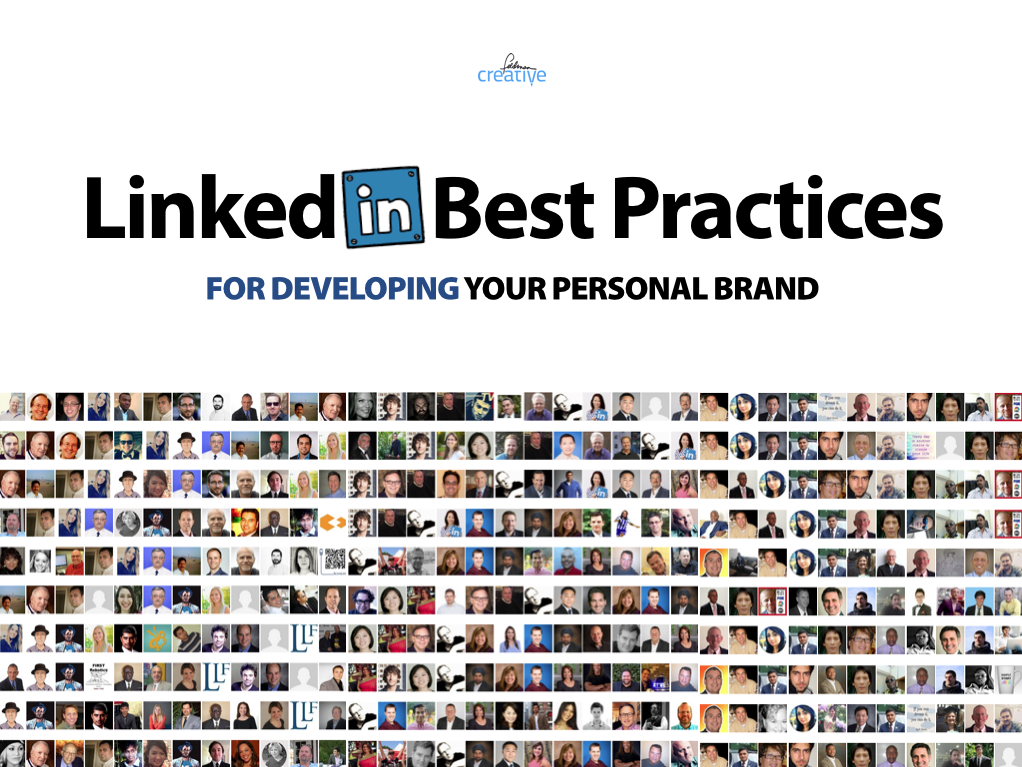

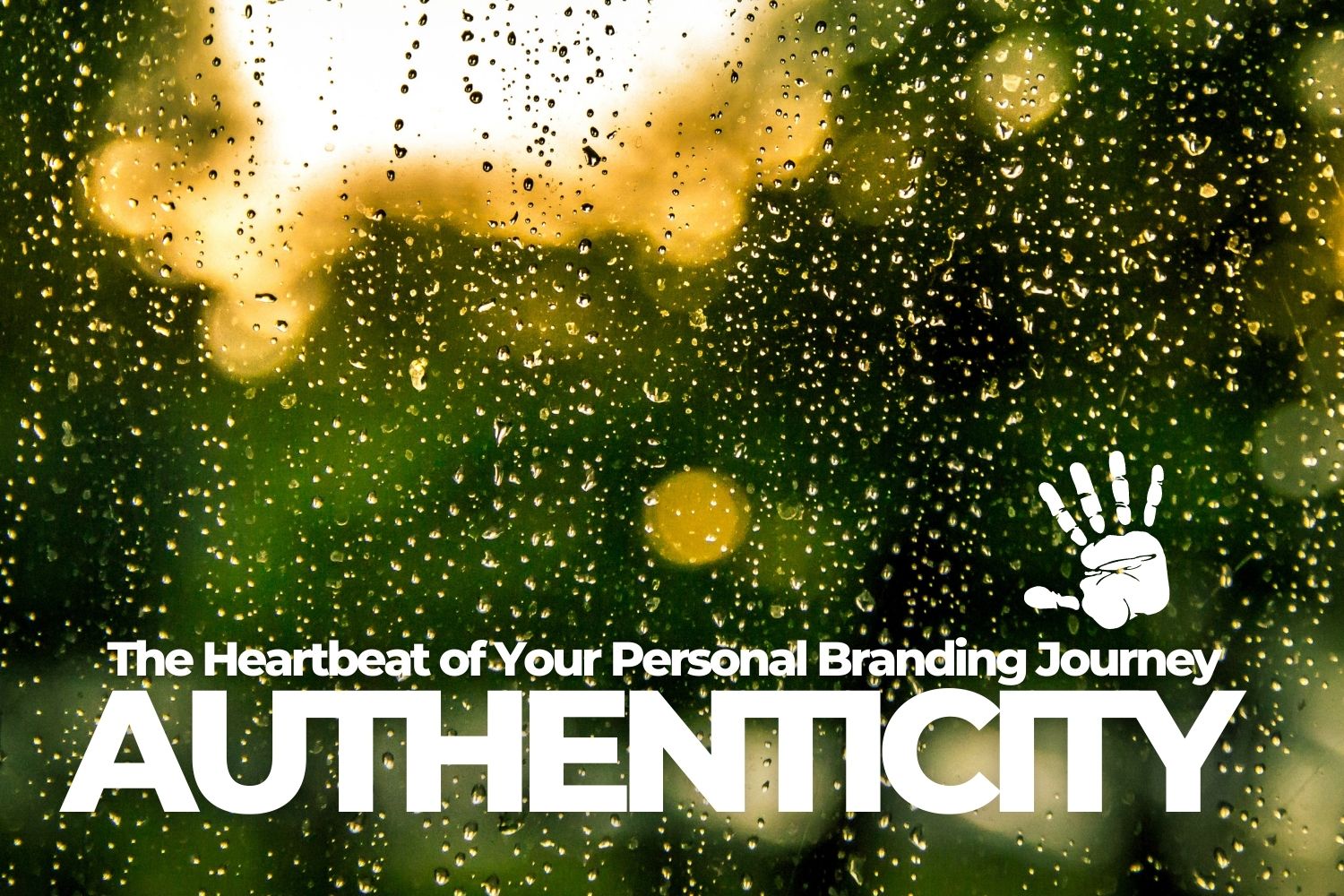
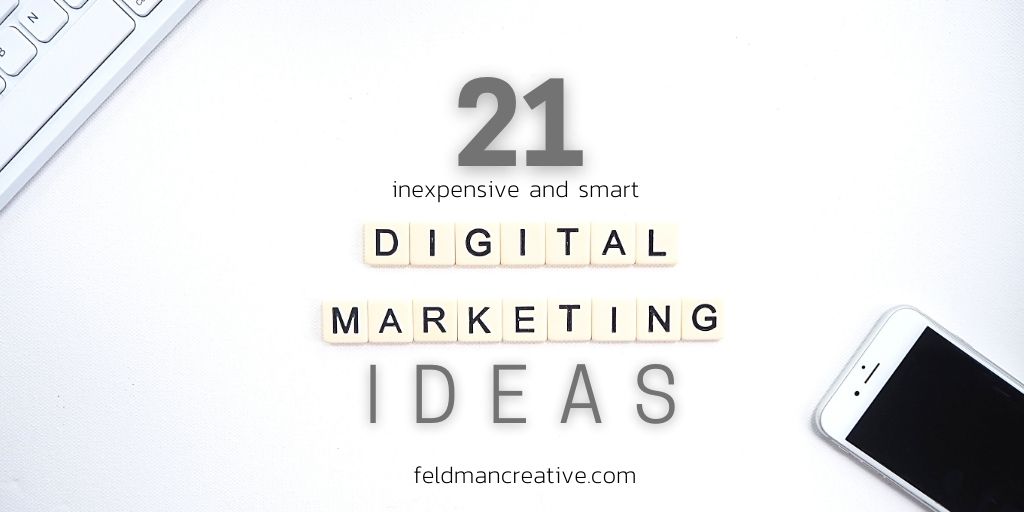
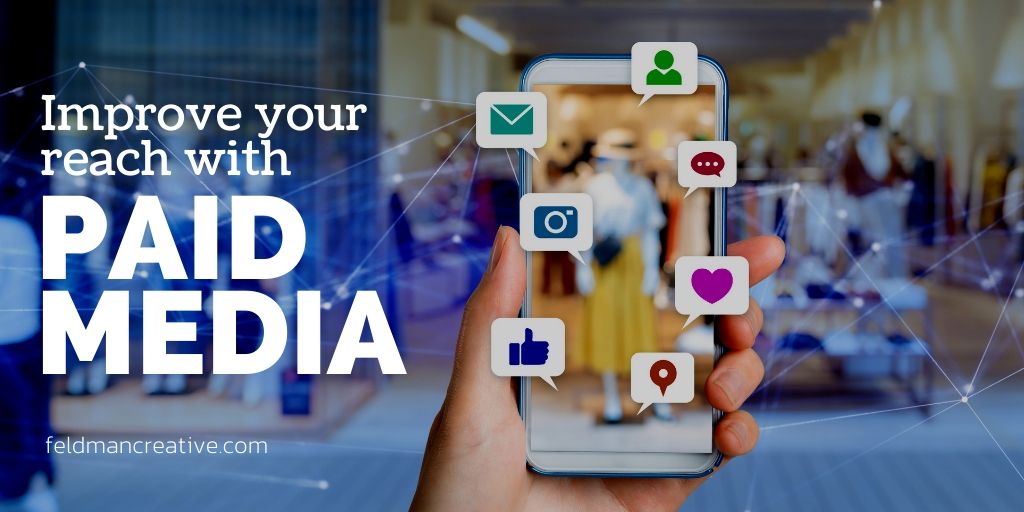
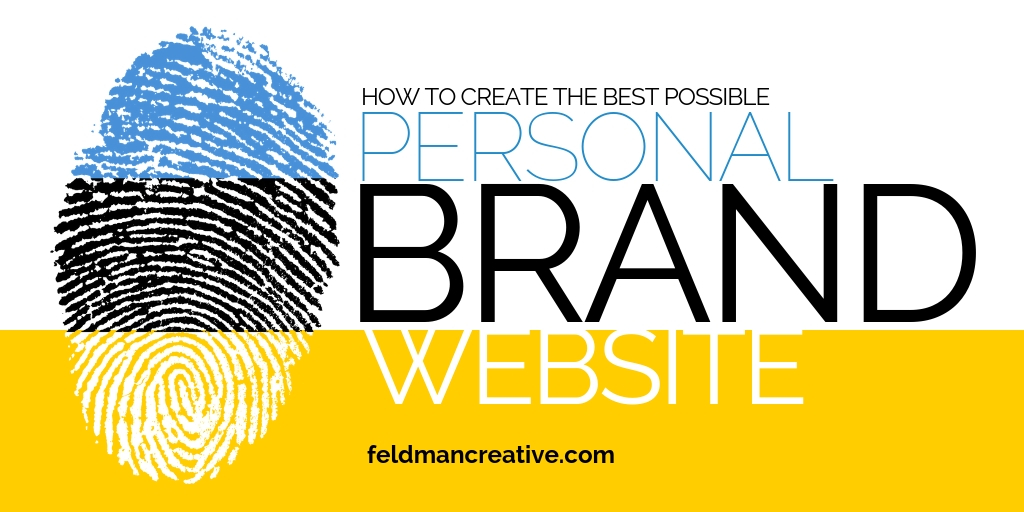
Comments
Brian Loebig
Good advice that I personally follow! Well done Barry. 🙂
100 Ways Your Company Loses to Better Online Marketers | Feldman Creative
[…] LinkedIn Best Practices for Developing Your Personal Brand […]
Neil Murphy
Good timing Barry – this is just what I need to get a spark going on
LinkedIn
linkedin
Sincerely grateful and instructive post on LinkedIn manufacturing sales.I genuinely appreciate your information. This great article has truly peaked my interest.
Linkedin
It’s great to read about the demographics of LinkedIn. My most important takeaway is that you want to be posting on LinkedIn at least once a week. Thanks for the tip… off to share this on LinkedIn
2:2 – Best Practices for Networking on LinkedIn – English 301 99A Technical Writing
[…] feldmancreative.com/blog/linkedin-best-practices-personal-brand/. […]